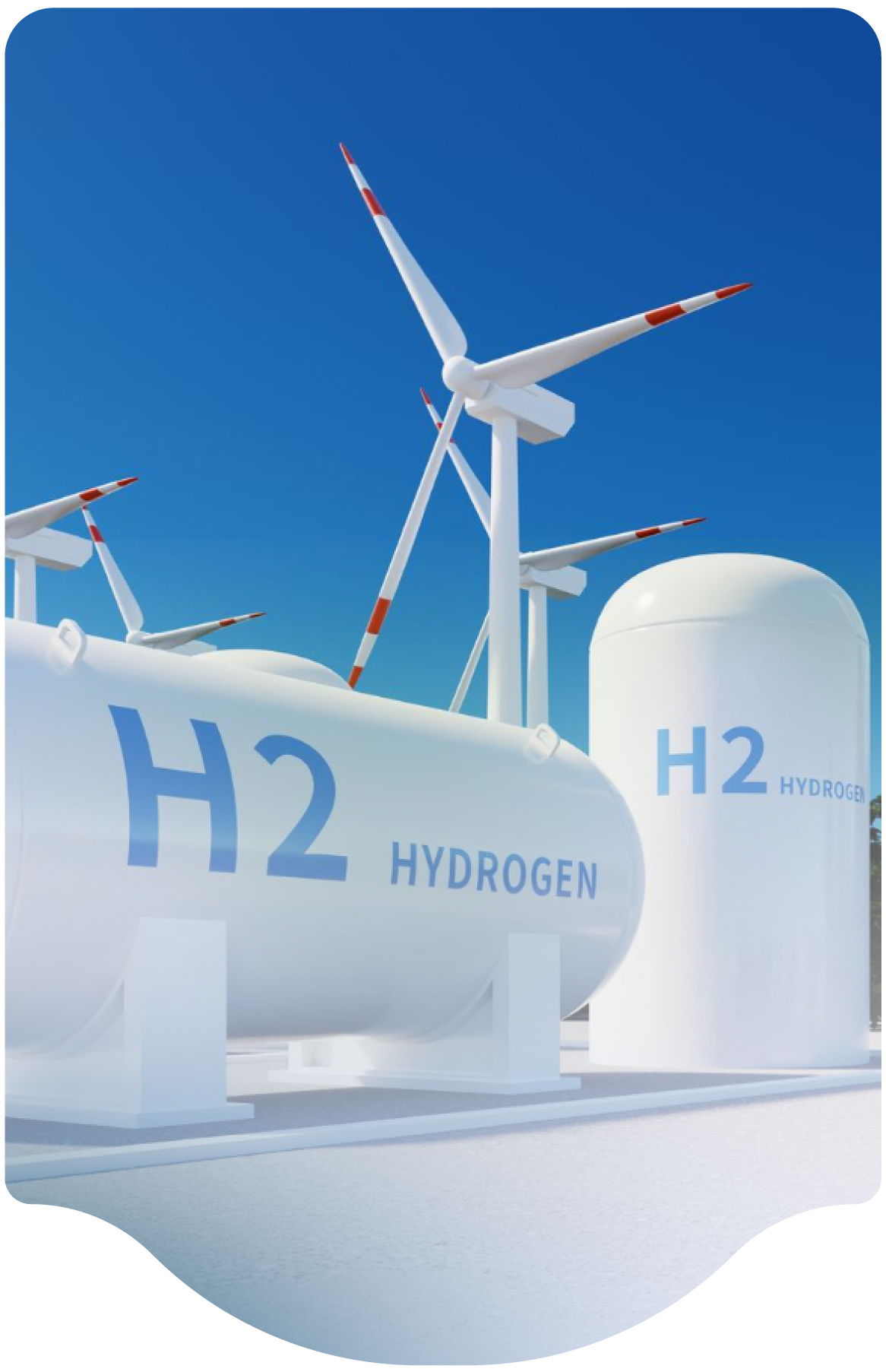Component Design
Fracture mechanics design methods permit the use of materials that have low to intermediate hydrogen embrittlement (HE) resistance. These methods are used for pressure containing storage tanks and piping components.
Fracture mechanics provides for the evaluation of crack propagation. The essential quantity in fracture mechanics is the stress-intensity factor, K.
- The local tensile and shear stresses ahead of cracks are proportional to the stress-intensity factor
- Crack propagation is related to the magnitude of the stress-intensity factor
The objective of the fracture mechanics design approach is to calculate the number of pressure cycles, Nc, to grow crack to critical depth, ac. The calculation requires material property measurements in hydrogen gas: threshold stress-intensity factor (KTH) and fatigue crack growth rate (da/dN) vs. stress-intensity factor range (ΔK). The calculation method is described in the ASME Boiler and Pressure Vessel Code.
References
Technical Reference For Hydrogen Compatibility of Materials – Sandia National Laboratory
ASME Boiler and Pressure Vessel Code, Section VIII, Division 3, Alternative Rules for Construction of High Pressure Vessels

